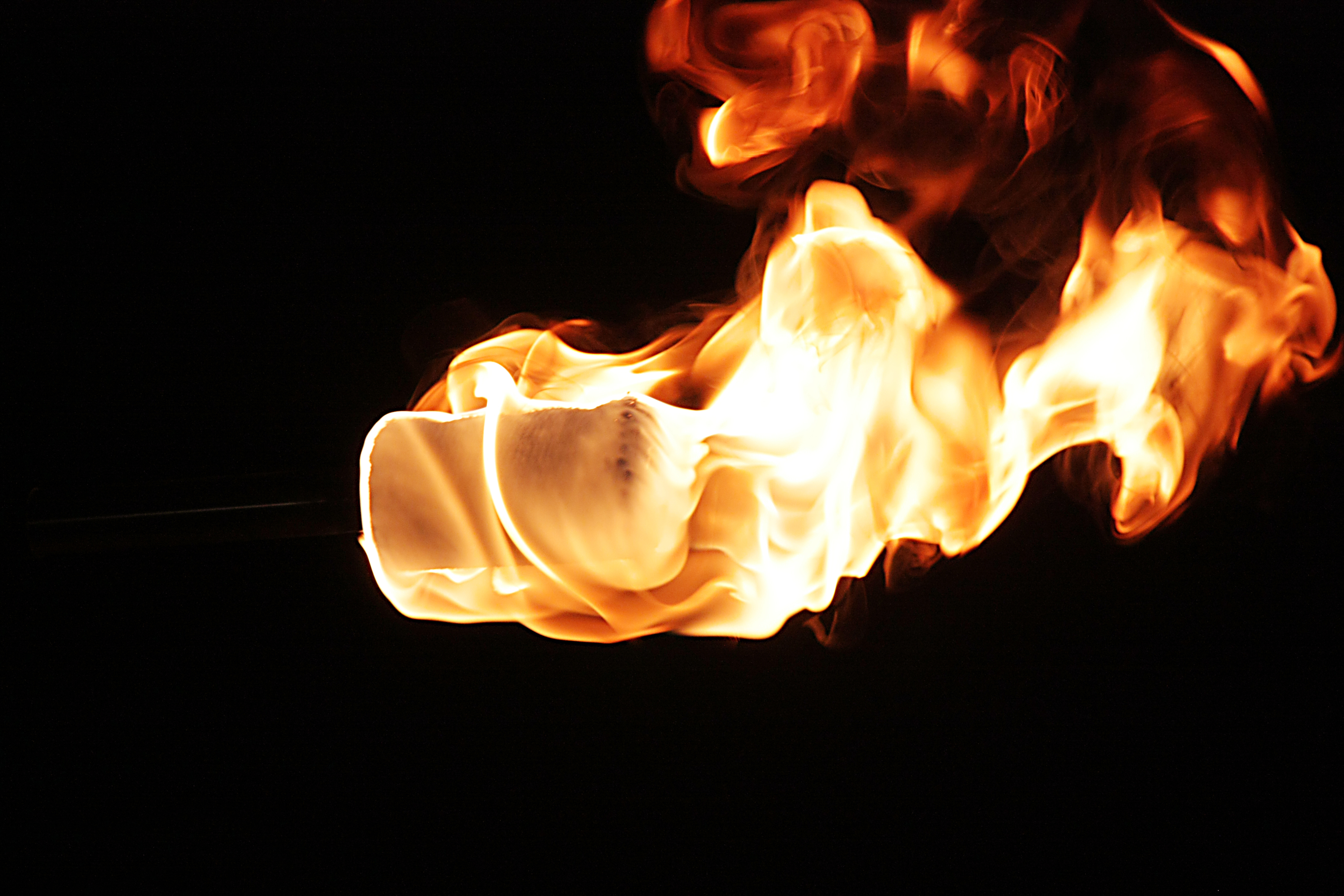Marshmallow. For most Americans the word conjures up the image of childhoods spent on the beach or around a campfire. Nestled between graham crackers and a slab of Hershey’s chocolate, the greatest danger a marshmallow ever really posed was burning the roof of one’s mouth or causing a slight expansion to the waistline.
For these Royal Air Force pilots, however, the ‘mallow almost proved deadly. Kind of.
During the 1950s, RAF crews sought to beat the malaise of long-haul flights with the sugary confection, asking for chocolate-covered marshmallow teacakes to be added to their in-flight ration boxes, Atlas Obscura writes.
“There were a number of sorties where the high-level portion of the flight, up to four hours, was flown with the cabin altitude at 25,000 feet,” recalled Retired Squadron Leader Tony Cunnane to the Daily Record. “It was uncomfortable, cold, and unpopular.”
During that time, bored crews started noticing that depending on the altitude their marshmallow teacakes shrunk or expanded. Made up of mostly air and sugar, the pressure changes to a marshmallow could make the formerly one-bite snack seemingly into a Tootsie Pop ad––how many licks, or bites, to get to the center of an aerated teacake one must wonder?
“Word quickly spread, and this discovery kept different crews fascinated for several days,” said Cunnane. “Notes were kept to show which brand was the most resistant to reducing air pressure.”
The taste, he noted, remained unchanged.
The fun came to an abrupt end after a sugary explosion occurred aboard a V-class bomber during the summer of 1965.
On a training mission from RAF Gaydon, a captain and student pilot simply forgot that they had unwrapped their two teacakes above their instrument panels prior to takeoff. After the captain pulled an emergency depressurizing switch, he got more than he bargained for.
The expected loud bang and icy cold air filled the cabin, but so did the sweet treats.
Exploding chocolate and marshmallow shrapnel struck the windshield, flight controls, and the uniforms of the pilots.
“This rather distracted the pilots from the immediate emergency actions they were supposed to take for aircraft and aircrew safety,” Cunnane stated. “Thereafter, marshmallows were banned.”
After that incident the RAF command placed marshmallows on the No-Fly List.





